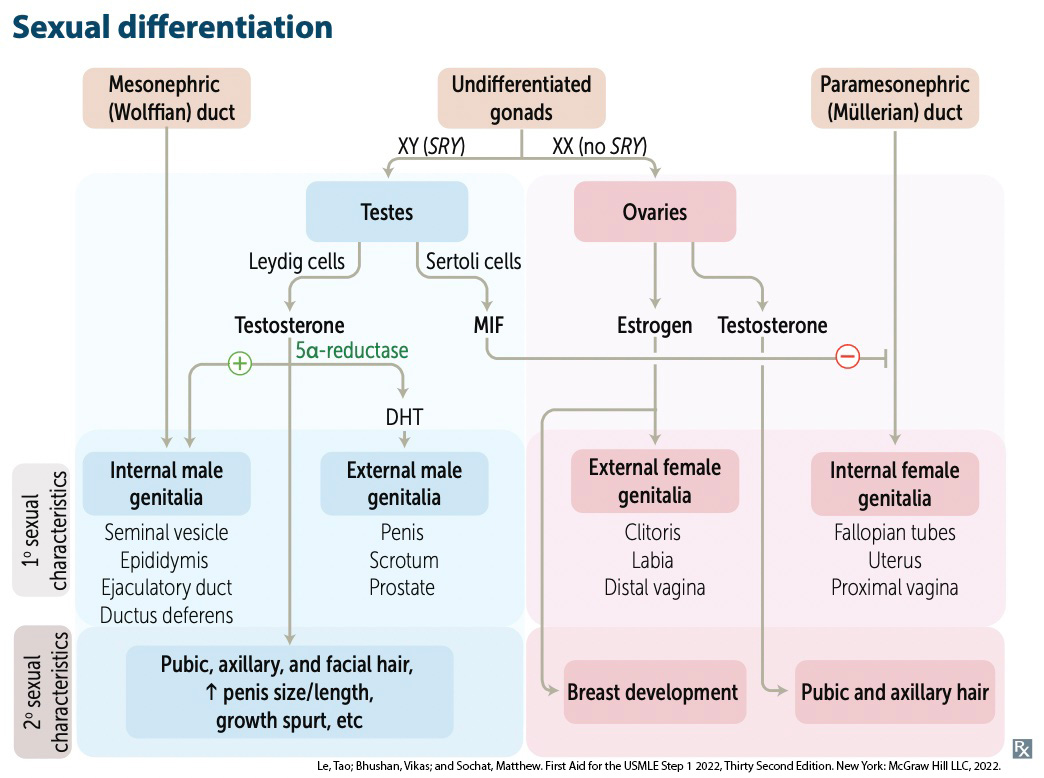Human Structure Virtual Histology
The genital system consists of the internal and external genitalia. Uterine tubes are involved in the transport of the oocyte, are a site of reception of sperm and provide a suitable environment for fertilization. The uterus provides a location for the implantation of the embryo and maintenance of the fetus. After parturition, mammary glands provide nourishment for the infant. When studying the ovarian and uterine cycles, one must keep in mind the major cyclical influence of hormones which results in a dynamic and constantly changing morphology. Sperm is transported through a system of ducts that aid in maturation and transport of the gametes to the exterior. There are several associated glands that provide a fluid medium for transport and nourishment of these gametes.
|

|
The learning objectives for this
unit are:
- Identify the layers of the
uterine wall and recognize the changes that occur in the
endometrium in relation to the menstrual cycle.
- Identify and distinguish the
structural and cellular characteristics of the uterine wall,
cervix, and vagina.
- Compare and contrast the
histological features of the different functional states of the
breast: resting, pregnant, and lactating.
- Recognize the tunics and internal cyto-architectural arrangement of the excretory genital ducts
- Identify the cellular structures and organization of the erectile tissues of the penis
- Compare and contrast the histological features of teh accessory genital organs (seminal vesicles, prostate, and bulbourethral glands).
We start with
the Uterine Tube. |
|